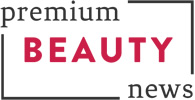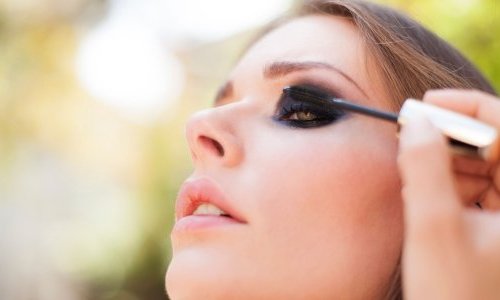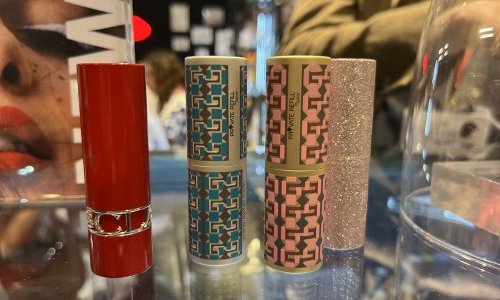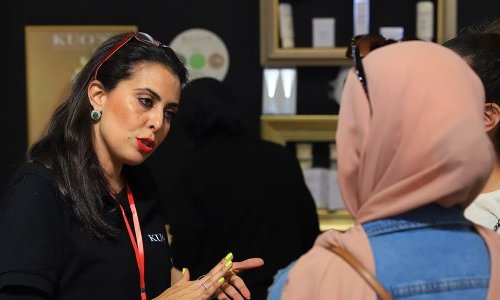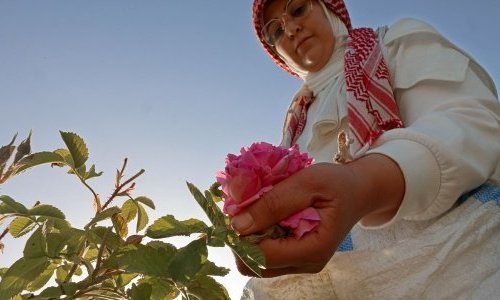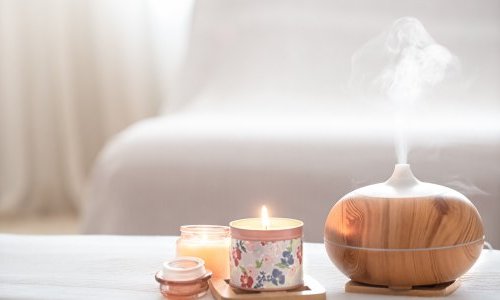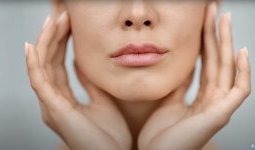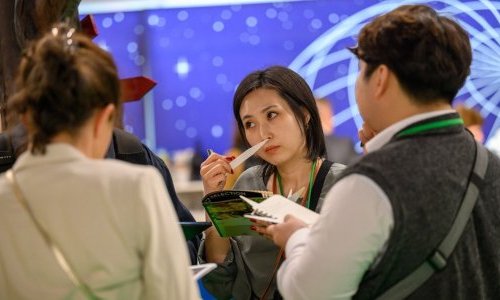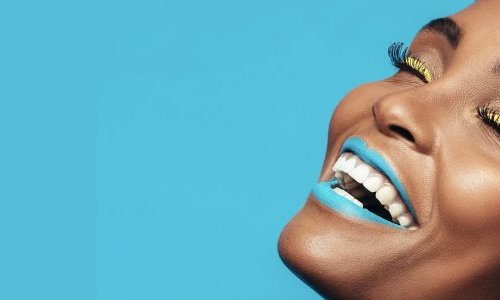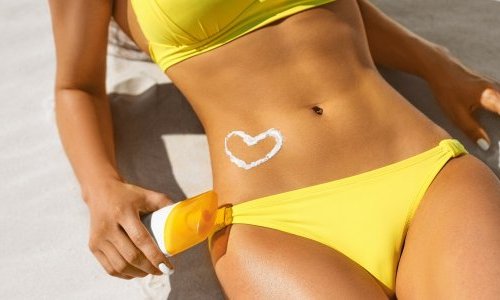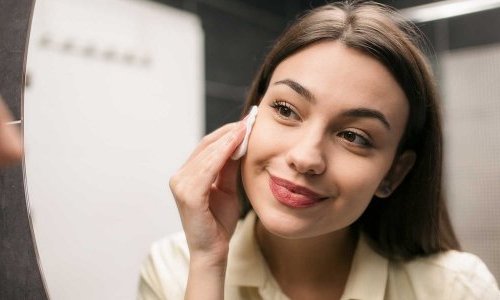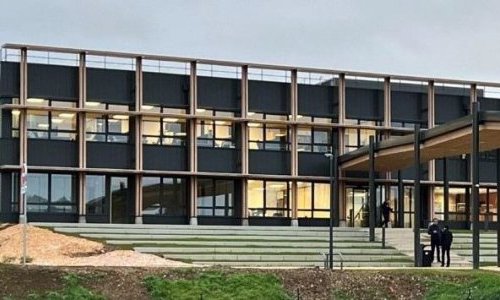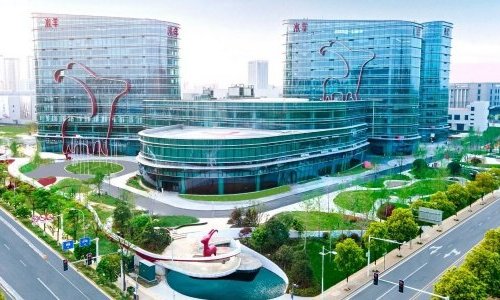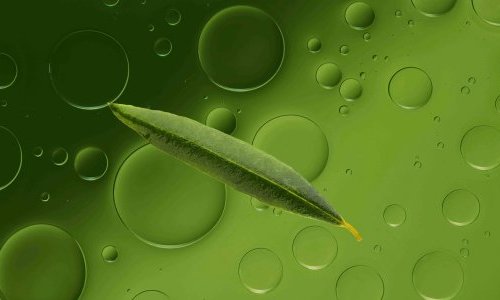According to Euromonitor International, huge growth opportunities for beauty brands are hidden in emerging or still underexploited markets, which are characterized by a strong demographic push, growing urbanization and an average increase in purchasing power. The main driving categories are hair care (with a value of 7.9 billion dollars), fragrances (6.3 billion dollars) and skin care products (5.5 billion dollars). By 2027, the region will reach a revenue of 47 billion dollars, with an average annual growth of 12%.
Rising wealth in the Middle East
The Middle East is witnessing significant expansion due to the growing purchasing power of local consumers. Fuelled by digitalisation, the region, especially the Gulf countries, offer ample opportunities for growth, owing in large part to untapped per-capital potential. Rising disposable incomes and overall rising wealth, particularly among the younger urban middle class, also bring opportunities for value-added beauty products that emphasize health and well-being.
“Beauty is not just about appearance but has a psychological component that is connected to being part of a community. Euromonitor has identified ‘wellness’ as a megatrend, which means it’s a trend that is here to stay,” said Mehr Shafiei, Senior Analyst at Euromonitor International, who spoke at the round table. “The theme of wellness has emerged predominantly during the pandemic as a result of greater attention to health, but also because of better communication via social media."
For Nazih Hamad, Founder of Nazih Group, digitization and social media are strategic tools. “It is not important what brands tell consumers, but what consumers share, and their satisfaction," he said.
The talk highlighted the fundamental role of the Middle East for the cosmetics industry: it is a rapidly growing market, with a high per capita income and local authorities have enacted policies to prevent counterfeiting and illegal trade. Another key element is the young average age of the population: 50% are under the age of 35-40, meaning that young and well-educated consumers are playing a distinctive role. Tourism is also growing, and the area is a strategic market for purchases, as prices are lower in Dubai than in Europe.
However, attention must be paid to the differences within the area. The Middle East is not a homogeneous market: Saudi Arabia is the region with the most demanding consumers, Lebanon is the country that pays the greatest attention to innovation, Dubai is the trendiest metropolis, and Bahrain registers the highest purchase power.
“The region is a melting pot with huge differences: understanding its specific needs is essential,” said Della Pass, General Manager of AKI BinSina (UAE). “There are many local indie brands, which respond more effectively to local needs with their products. They are more flexible than international brands, which have more difficulty proposing customized products. The Middle East is the land of diversity: Western stereotypes are almost disappearing. New standards of beauty, new images and above all the use of Arabic instead of English are fundamental for a brand doing business in the region.”
Abdul Majid Madi, Founder and CEO of District General Trading Company Kuwait, highlighted how the value of sustainability is growing in the region. “In the Middle East, consumers acquire information on ingredients, new technologies and sustainable innovations through social media or during their travels, and once in their country they expect new launches that respect the same values."
Africa: a market to explore
According to the latest analyses by statista.com, in 2023 the beauty market on the African continent reached a value of 7.89 billion USD, and an average annual growth rate of 8.79% is expected over the next 5 years. 87% of consumption is attributable to mass- market products distributed in retail channels.
Growth is driven by the demography. By 2050 it is estimated that the African population will account for 25% of the world’s population, while this share will reach 40% by 2100.
"The cosmetics and beauty market is growing steadily in Africa, following demographic growth, urbanization, and the increase in incomes of the middle class. This type of consumer goods is highly appreciated, and the expense for these products is constantly growing. Among the most interesting markets, there are South Africa, Nigeria, and Kenya, but the trend is generally increasing throughout the continent," explained Francesco Gastaldon, Partner and Country Manager Italy of Kili Partners, an advisory, business and project development firm that assists clients to access growth opportunities and markets across Africa.
However, accessing the African cosmetic market is not easy. The needs of local consumers are very different from those of Western customers: different types of hair, skin and bodies and an extreme climate with heat picks are a challenge for many brands. Currently, the market particularly rewards local brands, however, new technologies and growing digitization offer new data and tools to multinationals, especially in sub-Saharan regions. The very low average age of the population, with three-quarters of the population under the age of 30, is a further factor that helps the growth of global products, together with growing urbanization and the development of the middle class.
The most strategic markets today are South Africa and Nigeria, the most populous state on the continent with over 220 million people, but Cameroon, Tanzania, Ghana, Ethiopia and Kenya are also promising areas. However, as for the Middle East, it is important to keep in mind that the African continent is a multifaceted territory with cultural, religious, political, social and economic differences making it a real kaleidoscope.
The e-commerce channel, which continues to grow in all regions, can help significantly boost sales. At the end of 2022, online sales reached a value of 859,300 USD, with an annual growth rate forecast to 12.39% over the next 5 years, leading to a total turnover of 1.3 million dollars in 2027.
